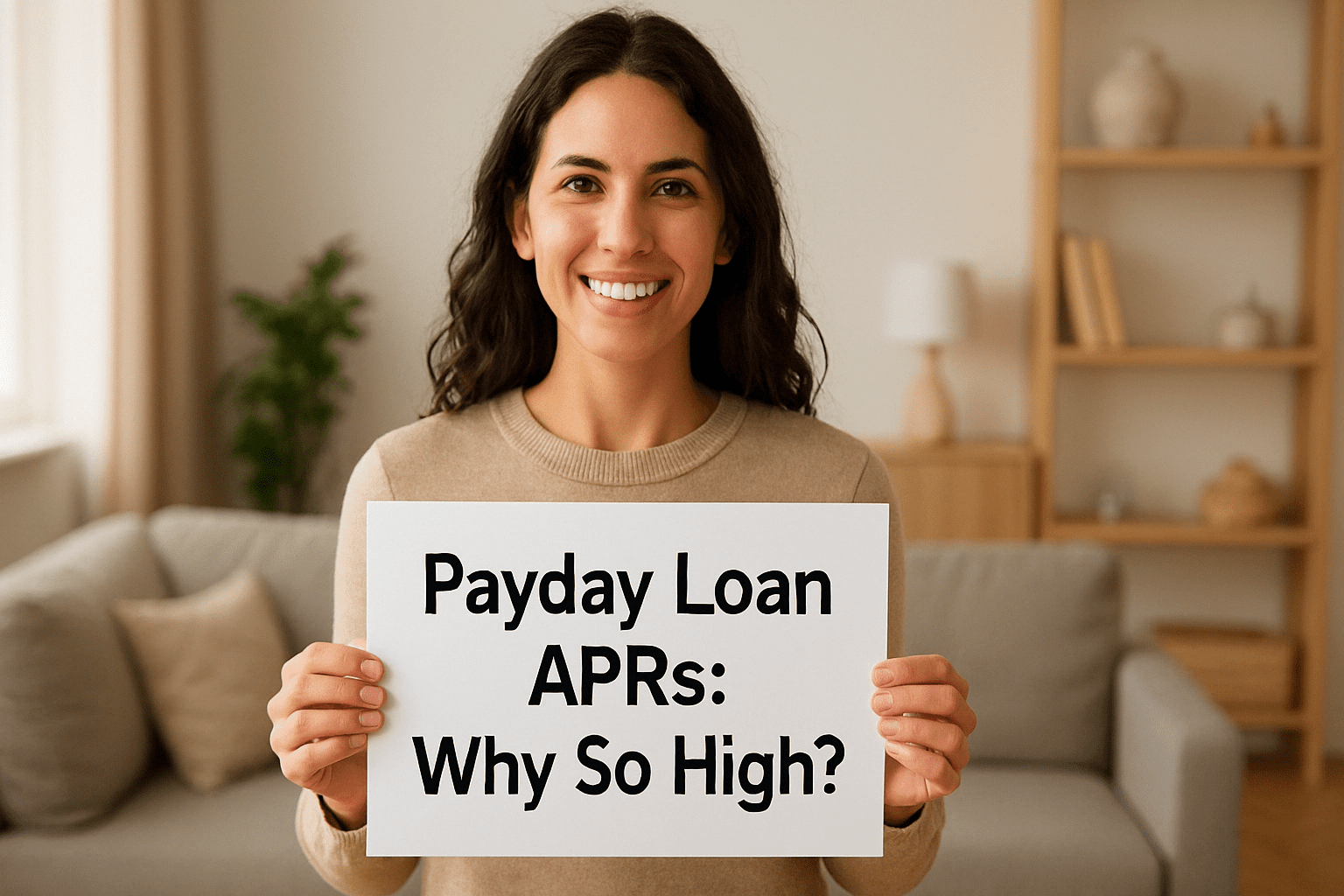
The Payday Loan APR Paradox: Unmasking Triple-Digit Rates
You see the advertisements: fast cash, no hassle. Then you see the number: an Annual Percentage Rate (APR) that looks like a typo, soaring into three, sometimes even four digits. It feels illogical, almost predatory. How does the cost of borrowing a few hundred dollars for two weeks explode into such an astronomical yearly rate?
Forget simple interest calculations learned in school. The payday loan APR isn’t just interest; it’s a complex reflection of risk, structure, and market dynamics, often misunderstood. Let’s dissect this financial anomaly and reveal exactly how those APRs reach such dizzying heights.
More Than Just Interest: It’s a Risk Calculation
Payday lenders often serve borrowers traditional banks might decline. This group may possess lower credit scores or unstable income. Lenders see higher default potential. They apply a hefty risk premium via fees to offset anticipated losses from unpaid loans.
The Time Warp Effect: Short Terms, Astronomical APRs
Imagine a $15 fee to borrow $100 for two weeks. Seems small? The APR formula annualizes this cost. Paying $15 every two weeks equals roughly $390 over a year for the $100 loan. This calculation creates the shocking APR, magnifying short-term fees.
Small Loans, Big Overheads: The Cost of Convenience
Processing many small, short-term loans is labor-intensive. Costs include storefronts or robust online platforms, staff, marketing, and absorbing default losses. These operational expenses, spread over small loan amounts, contribute significantly to the high charges.
Decoding the Business Model: Profit, Pressure, and Predation?
Understanding the “why” behind high payday loan APRs requires looking beyond simple math and into the mechanics of the industry itself. It’s a model built on specific needs, specific risks, and, undeniably, the pursuit of profit.
The Price of Accessibility: Serving the Underserved
These lenders fill a market gap, offering credit to those needing immediate funds but lacking other options. This accessibility comes at a steep price, reflecting the unique service and the higher risk profile of the typical borrower they attract.
Regulatory Patchwork: A Wild West for Rates?
Payday loan regulations differ wildly state by state. Some areas impose strict caps on fees or APRs, while others offer weaker controls. This inconsistency permits lenders in less regulated zones to implement much higher charges, impacting the national average perception.
Fees Disguised as Fangs: Why the Structure Bites
Payday loans usually involve flat fees per $100 borrowed, not an explicit interest rate. This fee structure can seem less intimidating than a high interest figure initially. However, these fees are the cost of borrowing, translating directly into the massive APR.
Beyond the Numbers: Understanding the Real Cost
The astonishing APR on a payday loan isn’t just an abstract figure; it represents a real, tangible cost that can trap borrowers. While lenders argue the rates reflect risks and operational realities, consumer advocates point to the potential for debt cycles, where borrowers must take new loans to pay off old ones.
The structure – short term, high fee, targeting financially vulnerable populations – inherently leads to these eye-watering APRs. It’s less about traditional interest accumulation and more about the price assigned to high-risk, short-duration, small-principal lending, amplified by the standard APR calculation mandated for comparison.
Knowing how these APRs arise helps consumers see past the lure of “quick cash.” It highlights the crucial difference between a seemingly small flat fee and its true annualized cost, encouraging exploration of less expensive alternatives whenever possible.
Frequently Asked Questions About High Payday Loan APRs
Why can’t payday loans have lower APRs like credit cards?
Credit cards assess risk differently, often serve less risky borrowers, operate on longer terms, and have different cost structures. Payday loans reflect higher default risk, very short terms, and fee-based pricing, which annualizes poorly in the APR formula.
Is the high APR the same as the interest rate?
Not exactly. APR includes the interest rate plus fees, annualized. For payday loans, the “interest” is often disguised as a flat fee ($15 per $100, etc.). The APR converts this total cost (fees mainly) into a yearly percentage rate for comparison.
Are high APR payday loans illegal anywhere?
Yes, many states cap APRs or ban payday lending altogether due to concerns about predatory practices. However, regulations vary significantly, and some lenders find ways around existing rules, especially online. Check your specific state’s laws.
Does paying back a payday loan early lower the APR?
Usually, no. The fee is typically fixed regardless of early repayment within the short term. Since the APR calculation depends heavily on this fixed fee and the short term, early payment doesn’t change the fundamental factors driving the high APR figure itself.
What makes the APR calculation so high for short terms?
The APR standardizes loan costs into a yearly rate. A fee paid over two weeks gets multiplied roughly 26 times to estimate the yearly cost percentage. This mathematical process turns relatively small short-term fees into extremely large annual percentages.


